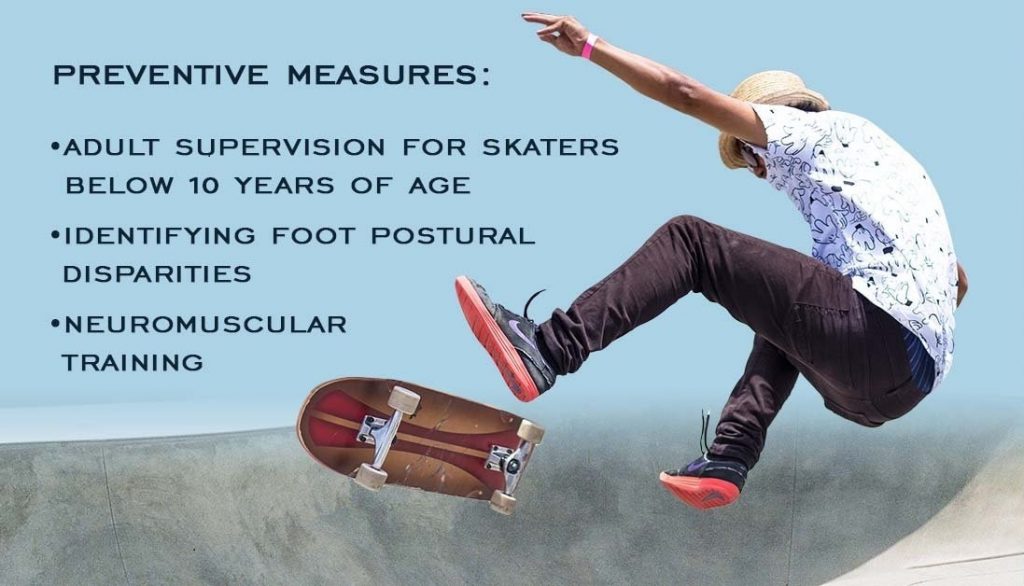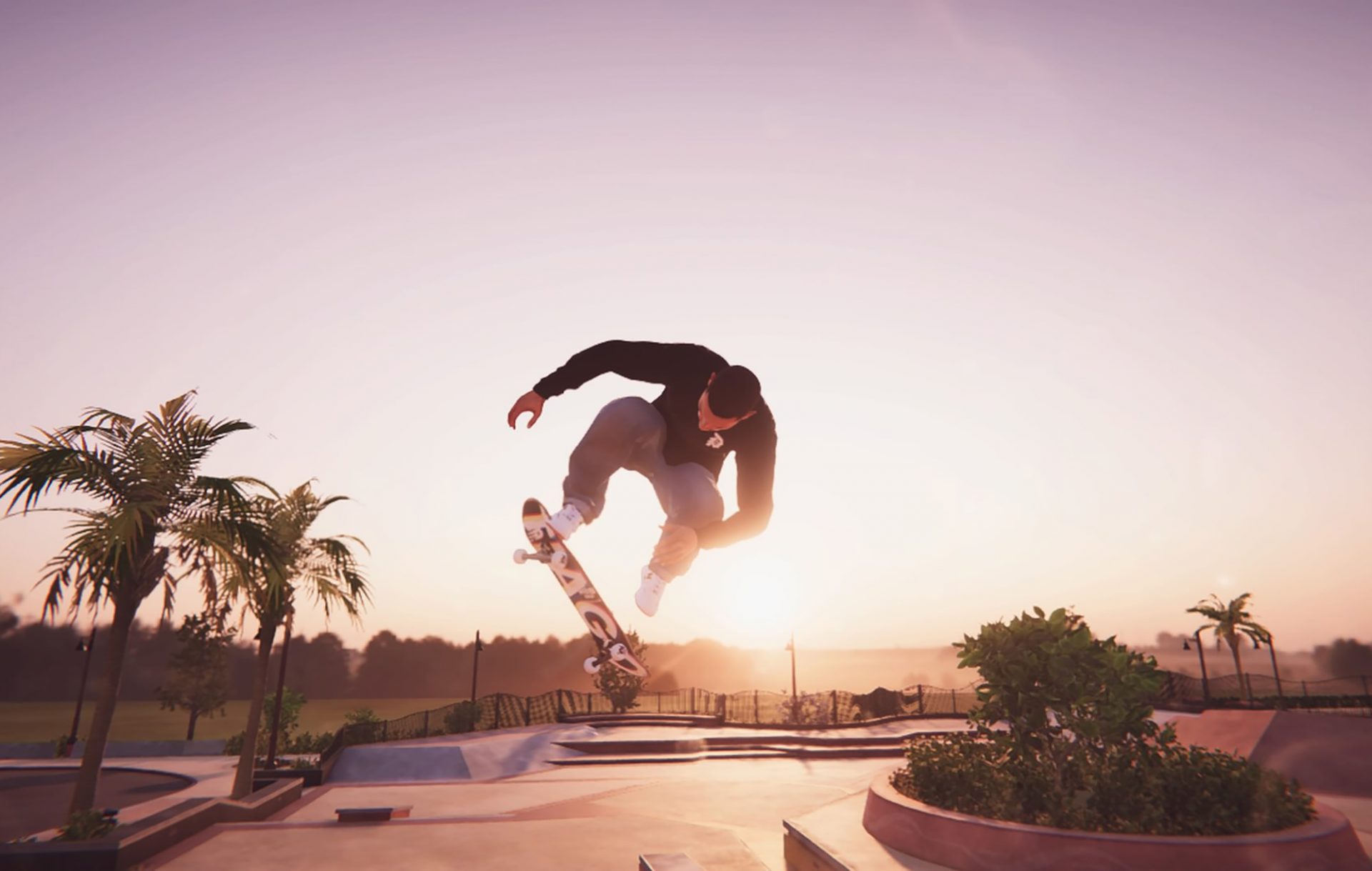Skating is a developing game. Children and youngsters skateboard for no particular reason and rivalry. Adults enjoy skating just as much, even though they might shy away from admitting that because of the usual stereotype that connects skating with the usage of CBD topicals, which isn’t quite the case. With skateboarding being in the Olympics it’s finally recognized as a legitimate sport.
As its fame has expanded, so has the number of youthful competitors treated for skating wounds.
Well-being and anticipation training is essential to keeping your young skater on the board and out of the trauma center. With skating, you don’t have to worry about the costs of auto body services in Glendale or running out of gas on the road.
Skating Injury Risk Factors
Information from the National Safety Council expresses that:
First-time “guests” (those skating not exactly seven days) represent 33% of the skating wounds treated every year in crisis divisions (EDs).
In 2015, EDs saw more than 125,000 skating wounds.
Skating wounds will in general be more normal in young men, with 60% including kids under age 15.
Normal Skateboarding Injuries
Head wounds, including blackouts, represent the most serious risk to youthful skateboarders. These can include time in a clinic, super durable disability, and — in outrageous cases — even passing.
Hand, wrist, or shoulder wounds may happen when skateboarders lose their equilibrium and fall on an outstretched arm.
Lower leg wounds, for example, cracks are likewise normal.
The specialists at UPMC Sports Medicine’s Young Athlete Program can work with your kid’s primary care physician to:
- Survey and treat their skating injury.
- Assist with forestalling more genuine long haul impacts.
- Skating injury causes
Youthful skateboarders are in more danger than grown-ups of experiencing extreme wounds because they:
- Have higher focuses of gravity.
- Have helpless equilibrium.
- Have more slow response times.
- Have less coordination.
- Frequently misjudge their abilities.
- May not appropriately judge obstructions, slopes, and traffic.
The most genuine wounds happen when skateboarders:
- Let completely go and fall.
- Run into a vehicle, street peril, an individual strolling or trekking, or another skater.
- Attempt stunts past their ability levels.
- Skate on ill-advised or unpredictable surfaces.
Skating Safety Tips to Prevent Injury
Youthful skateboarders ought to consistently wear appropriate defensive stuff, fit as a fiddle, to decrease the dangers of injury.
Appropriate skating gear incorporates:
- Shut, slip-safe shoes.
- A well-fitted head protector.
- Cushions for knees, elbows, and hands.

Fitting a head protector
The best style and attack of a head protector is distinctive for everybody, except fundamental for a skateboarder’s wellbeing.
You should take a stab at a few styles and sizes to observe one to be that fits accurately and safely. When you track down a decent cap, wear it level on your head with the base edge corresponding to the ground. If you’re afraid of helmet hair, just keep some ys park combs on your body at all times and you’re all set.
All head protectors should meet or surpass the wellbeing guidelines of the U.S. Purchaser Product Safety Commission or the Snell Memorial Foundation.
A legitimate fitting cap will assist with forestalling head wounds, and ought to incorporate these provisions:
- Sits low on the brow.
- Has side lashes that structure a “V” around every ear.
- Has a clasp that secures firmly, permitting space for just two fingers between the protective cap tie and the jawline.
- Has cushions that you can add or eliminate from within, so the cap fits cozily.
- Don’t move toward any path when you shake your head.
- Doesn’t prevent development, vision, or hearing.
- Supplant the protective cap to some extent at regular intervals, or when it’s harmed or grown out of.
Figuring out how to fall
Youthful skateboarders can expand their well-being information and decrease injury if they work on falling.
Doing as such can:
- Help their coordination.
- Further, develop their response times.
- Diminish their contact with the ground.
When beginning to fall, skateboarders ought to:
- Hunch down on the board to decrease the distance to the ground.
- Attempt to roll, utilizing their arms to assimilate the power of the fall.
Figuring out how to stop
- Skateboarders ought to be knowledgeable in halting before they skate on a walkway, at a skate park, and particularly around traffic.
- Foot-slowing down is the principal “stunt” to realize when boarding.
- Figure out how to foot-brake at a more slow speed (one where you regularly wouldn’t have to slow down). Then, at that point, work up to preventing from quicker rates. Make sure to be familiar with the best break pads in the business.
The most effective method to foot-brake:
- Turn the front foot forward in accordance with the board. Turn your chest and face forward too.
- Move your weight to the front foot and keep it fixated on that foot without reclining or forward. Simultaneously, swing out the back leg, keeping it straight. Lower the back leg to the ground.
- Apply light strain to the ground with the sole of the shoe. Keep on applying more strain to dial back quicker.
Rehash, rehash, rehash. You can’t dominate foot-slowing down in only one attempt. Considering how mainstream skateboarding is becoming with gen z, you could always search for more tips on how to land tricks for beginners, carry your board and stop without destroying every pair of shoes you have, find those on social media or online on many websites created with WordPress development services.

When figuring out how to slow down, visitors regularly experience difficulty with the back foot “skipping” off the ground. This happens when you put an excess of weight on the back foot.
All things considered, ensure most weight is on the front leg, and daintily drag the back foot to dial back.
Now, you are probably no Tony Hawk, so you have to prepare yourself for failure, and that’s why you can attend UIT institute to learn other profitable skills if your skating career doesn’t succeed. Of course, you can always go a different route and try comfort bikes Ontario, which could be equally thrilling but maybe less dangerous for beginners.

